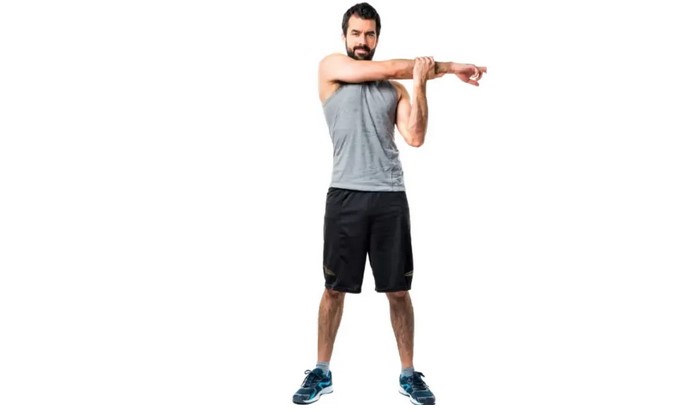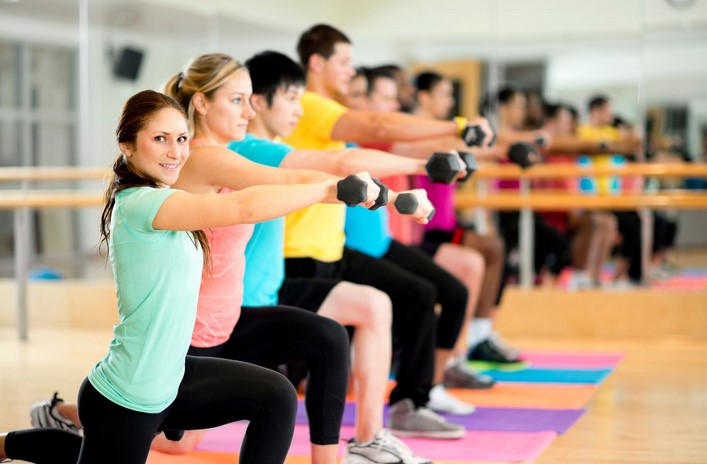
In today’s digital age, many of us spend hours in front of screens, whether for work, leisure, or communication. While technology offers numerous benefits, prolonged screen time can lead to discomfort and health issues, with eye strain being one of the most common problems. How to prevent eye strain is a question many face as they deal with the consequences of excessive screen usage. Symptoms of eye strain can include dryness, blurred vision, headaches, and even neck and shoulder pain. The good news is that with a few simple changes to your daily habits and environment, you can significantly reduce the risk of eye strain and maintain healthier vision. In this article, we’ll explore practical tips and strategies for preventing eye strain in a world dominated by digital screens.
Understanding Eye Strain and Its Causes
What is Eye Strain?
Eye strain, also known as digital eye strain or computer vision syndrome, occurs when the eyes become fatigued from prolonged use of screens. It is a temporary condition, but the discomfort can be quite bothersome. While eye strain itself does not cause permanent damage to the eyes, it can lead to significant discomfort and affect your overall well-being.
The primary cause of eye strain is the prolonged focusing effort required when using digital devices. Screens emit light that is often harsh, and the small fonts and detailed images can cause the eye muscles to work harder than usual. Additionally, many people tend to blink less when staring at a screen, which can lead to dryness and irritation. This combination of factors contributes to the discomfort and strain people experience after extended periods of screen use.
Why It’s Important to Prevent Eye Strain
Ignoring the symptoms of eye strain can result in chronic discomfort, affecting your productivity, mood, and overall health. Furthermore, constant strain on your eyes can contribute to more serious problems like worsening vision over time or developing habits that affect your posture, leading to neck and back pain. By focusing on how to prevent eye strain, you can ensure better long-term eye health and minimize the discomfort caused by digital screens.
Tips for Preventing Eye Strain
1. Adjust Your Screen Settings
One of the first steps in how to prevent eye strain is to optimize your screen settings. The brightness, contrast, and color temperature of your digital devices can have a significant impact on your eyes.
- Reduce Brightness: If your screen is too bright, it can cause your eyes to work harder to adjust. Lowering the brightness to match the ambient lighting in your room can help alleviate strain.
- Increase Text Size: Small text can force your eyes to focus harder, causing strain. Increasing the text size or zooming in on documents can make reading much more comfortable.
- Use Blue Light Filters: Digital screens emit blue light, which has been linked to eye discomfort and disrupted sleep patterns. Using built-in blue light filters or downloading apps that reduce blue light emission can help minimize eye strain. Many devices have settings that adjust the blue light filter automatically based on the time of day.
2. Follow the 20-20-20 Rule
One of the most effective ways to reduce eye strain during long screen sessions is to take regular breaks. The 20-20-20 rule is a simple but effective technique to prevent eye strain. Every 20 minutes, take a 20-second break and look at something 20 feet away. This exercise allows your eye muscles to relax and helps prevent them from becoming overworked.
By looking at objects at a distance, you give your eyes a chance to refocus, reducing fatigue and discomfort. These short breaks also help reset your posture, which can further reduce the risk of neck and shoulder pain often associated with prolonged screen use.
3. Maintain Proper Posture
Poor posture while using digital devices can contribute to eye strain and exacerbate other physical discomforts. When sitting at a computer or using a tablet or phone, it’s important to position yourself in a way that minimizes strain on both your eyes and your body.
- Keep Your Screen at Eye Level: Your screen should be positioned about an arm’s length away from your eyes and at eye level. This prevents you from leaning forward or looking down, both of which can strain your eyes and neck.
- Adjust Your Chair and Desk: Ensure your chair provides good lumbar support and that your feet are flat on the floor. Your arms should be at a 90-degree angle when typing, and your wrists should be relaxed. This promotes better posture and reduces the likelihood of discomfort.
4. Use Artificial Tears and Stay Hydrated
Another effective method for preventing eye strain is to keep your eyes lubricated. Prolonged screen use can cause you to blink less frequently, leading to dry eyes and irritation. Using artificial tear drops can help keep your eyes moist and relieve discomfort. Choose preservative-free eye drops to avoid irritation.
Additionally, staying hydrated by drinking plenty of water throughout the day can help maintain the natural moisture in your eyes and prevent dryness.
5. Optimize Your Environment
Your physical environment plays a significant role in preventing eye strain. The lighting, screen glare, and air quality can all affect how much effort your eyes need to exert during screen use.
- Control Lighting: Ideally, the room should be well-lit with ambient lighting that is softer than your screen. Avoid working in a completely dark room with a bright screen, as this creates a stark contrast that strains your eyes. Position your light sources to avoid glare on your screen, and consider using desk lamps with adjustable brightness.
- Reduce Glare: Glare from windows or overhead lights can make it harder to see your screen and lead to eye strain. Use an anti-glare screen protector or adjust the angle of your screen to minimize glare. If possible, position your screen away from direct light sources.
- Use a Humidifier: Dry air can exacerbate eye discomfort. Using a humidifier in your workspace or home can add moisture to the air and help prevent dry eyes, especially during colder months when indoor air tends to be drier.
Conclusion
Preventing eye strain is crucial for maintaining healthy vision in a world dominated by digital screens. By following simple strategies like adjusting your screen settings, incorporating regular breaks, improving your posture, and optimizing your environment, you can significantly reduce the risk of discomfort and protect your eyes from long-term strain. Remember, how to prevent eye strain is not just about making immediate changes but also adopting healthier habits that promote eye care and overall well-being. By taking proactive steps today, you can ensure that your eyes remain comfortable and healthy for years to come.





